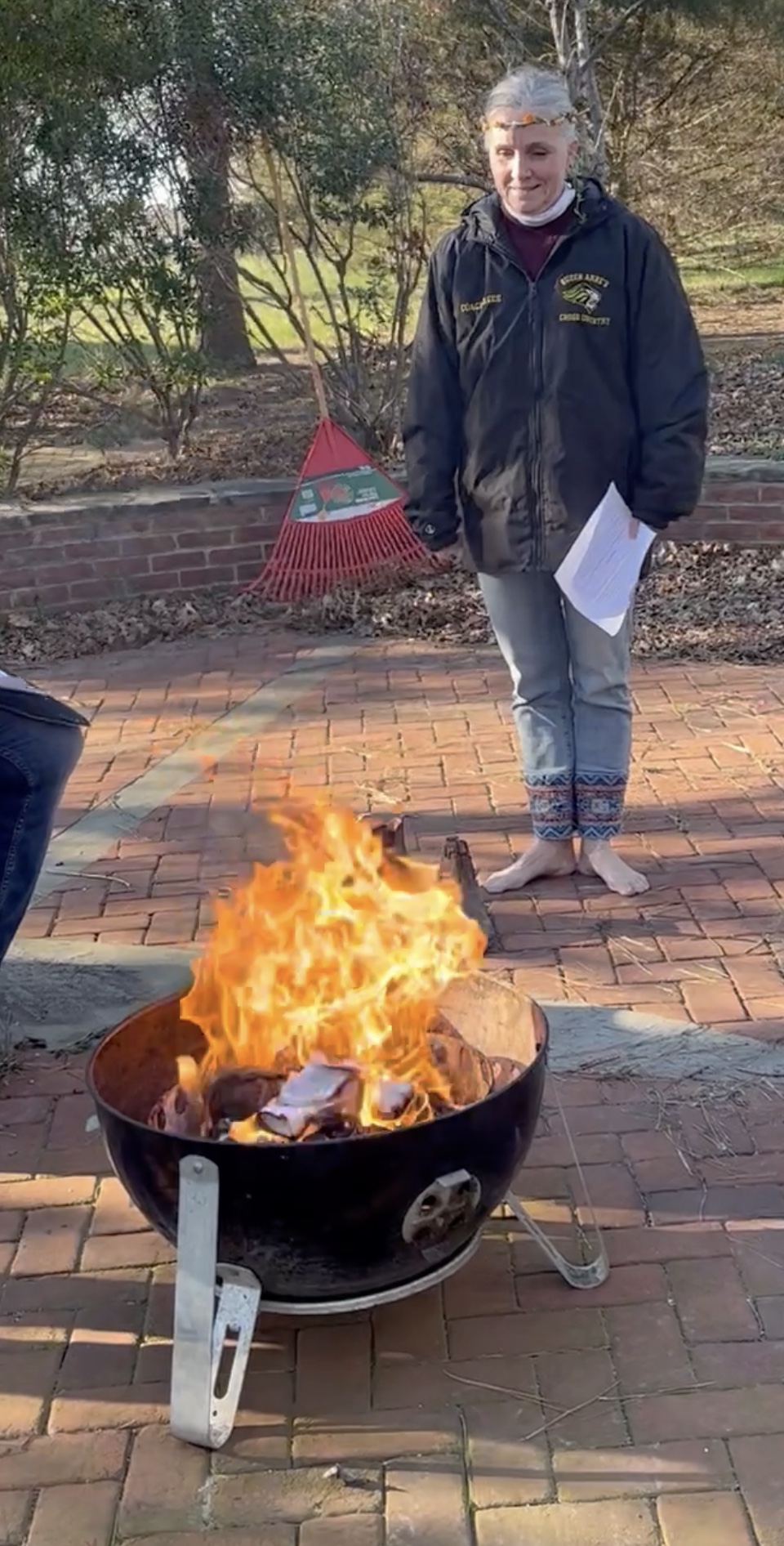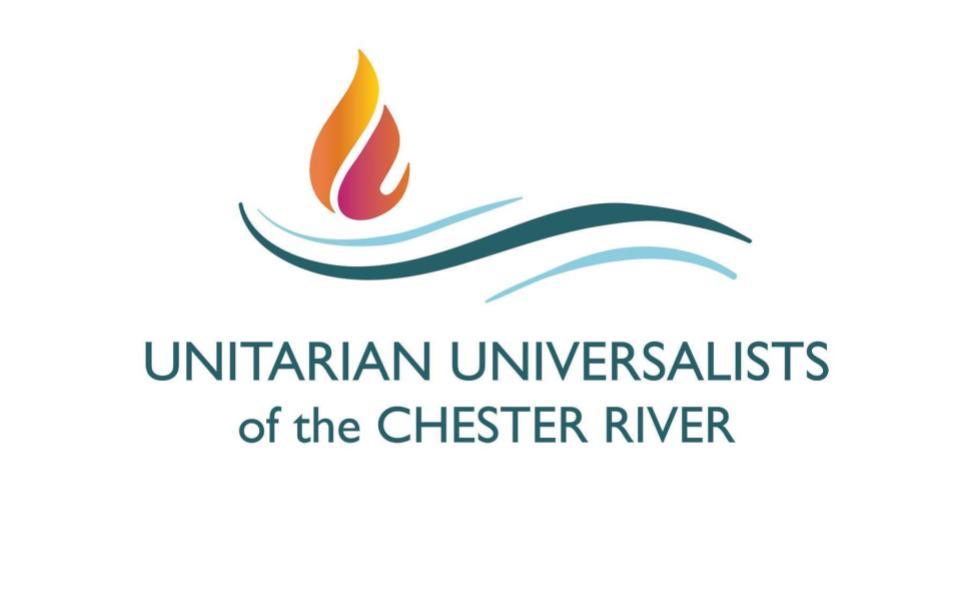 There will be many ways residents of Kent and Queen Anne’s counties celebrate the arrival of spring, but one group will again follow a maritime tradition native to the Chesapeake region – burning their socks.
There will be many ways residents of Kent and Queen Anne’s counties celebrate the arrival of spring, but one group will again follow a maritime tradition native to the Chesapeake region – burning their socks.
The ritual honors the annual spring equinox, the day when the tilt of the earth aligns so that the hours of daylight and nighttime are almost equal over the entire globe. The equinox signals the official start of spring in the northern hemisphere and of autumn in the southern hemisphere.
“The equinox has been celebrated by humans throughout time, well before written history. We have always been in awe of the mystery of natural forces,” said M.Q. Riding, president of the board of trustees of Unitarian Universalists of the Chester River (UUCR), the sponsors of the outdoor gathering the evening of Friday, March 22.
Here in the USA, tumultuous March weather gives most folks bouts of spring fever, a restless urge to break loose from the constraints of winter. According to the Annapolis Maritime Museum (AMM) sailors seem to get the worst cases. That organization, along with social media, is credited with turning a simple party begun by one Annapolis boat worker into a yearly celebration repeated by groups in different fashions across and beyond the Chesapeake.
A surprise for many is the recent date of March 1977 for the inception of sock burning. The AMM says that Dick Turner, the captain of the Annapolis Boat Yard, had had enough of the uniquely cold and snowy Maryland winter of 1976-77. Winter is when boats are maintained and repaired, not often in ideal conditions. Temperatures that winter remained largely below freezing for 58 straight days, with zero readings on some mornings. The UUCR’s John Ramsey, co-host of the local event, remembered, “There were ice mountains stacked up along the shore of the Bay, after the ice breaker ships had opened the channel. Then the wind blew the huge chunks over here on the Shore.”
So boat worker Turner decided as he left work on the official spring start in March 1977 to burn his worn and paint-spattered socks, invited colleagues nearby to join him, and vowed not to wear socks again till the boating season was over. The first incineration apparently took place in a metal paint pan. The no-socks rule is pretty standard anyway among boaters, says the AMM. Plentiful supplies of food and alcoholic beverages accompany the sock bonfire held annually by the Annapolis museum. As of March 4, the AMM website said their event, with adult tickets starting at $50, was sold out. Several area yacht clubs and marinas also host sock parties.
After at least a 15-year history of Equinox events, the local Unitarian church has opened its simpler and free celebration to the community for the first time this year. Members will use a brief ceremony composed by then-members Carl Gallegos and the late Dick Hawkins. Visitors can follow along with handouts, participating at points they choose. As a multi-faith group, the Unitarian-Universalist congregation uses quotations from a wide variety of sources, including poets, for this event. Attendance is typically about 15.
Midway in the approximate 20-minute program, participants will have a chance to add their socks to the flames of a fire pit. Ramsey said since synthetic socks cause an acrid odor, they are not permitted. Only socks with all-natural fabrics like wool and cotton may be burnt.
Longtime UUCR sock-ceremony participant Kim Agee said she and a few others remove the socks they are wearing and burn them for that authentic feeling of summer freedom. But the sock details are not the main point for Agee, who teaches science at Queen Anne’s County High School. “It’s just wonderful being in a group with such camaraderie. Sitting there on a cool evening in our lovely woods and feeling grateful. The natural world is such a gift.”
The event will begin at 5:30 p.m, Friday, March 22, at the church’s location at 914 Gateway Drive in the Crest View section, north of downtown Chestertown.



Write a Letter to the Editor on this Article
We encourage readers to offer their point of view on this article by submitting the following form. Editing is sometimes necessary and is done at the discretion of the editorial staff.